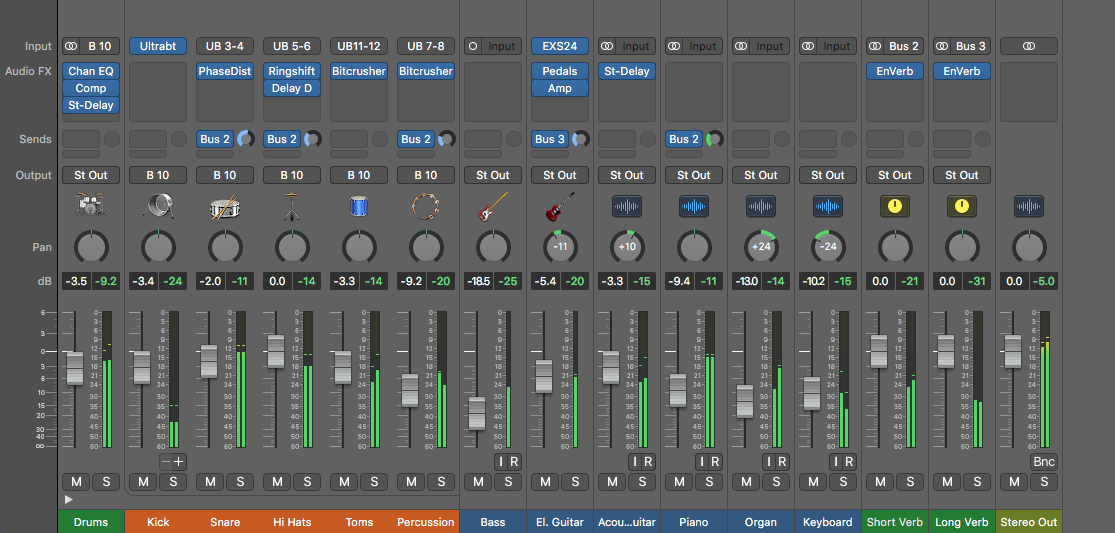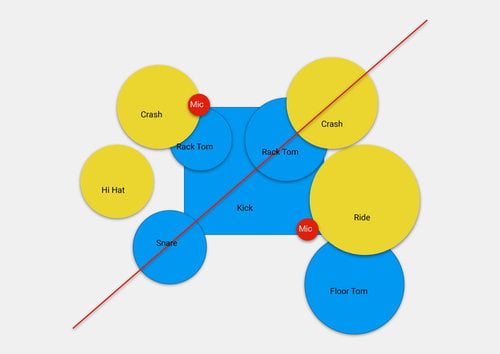The 7 Steps of Ideal Mic Placement — SonicScoop
Wessel Oltheten, producer, engineer and author of the book Mixing with Impact offers a roadmap to getting better sounds out of your mics, every time. For even more on this subject, look for his new in-depth series on placing mics, starting next month on SonicScoop.
Getting the ideal mic placement means making important decisions before you even move the mic. Here are 7 steps to getting better results in any context.
1. Guess—but don’t just guess.
I start by placing every microphone at the spot where I think the odds are best for it to work well.

